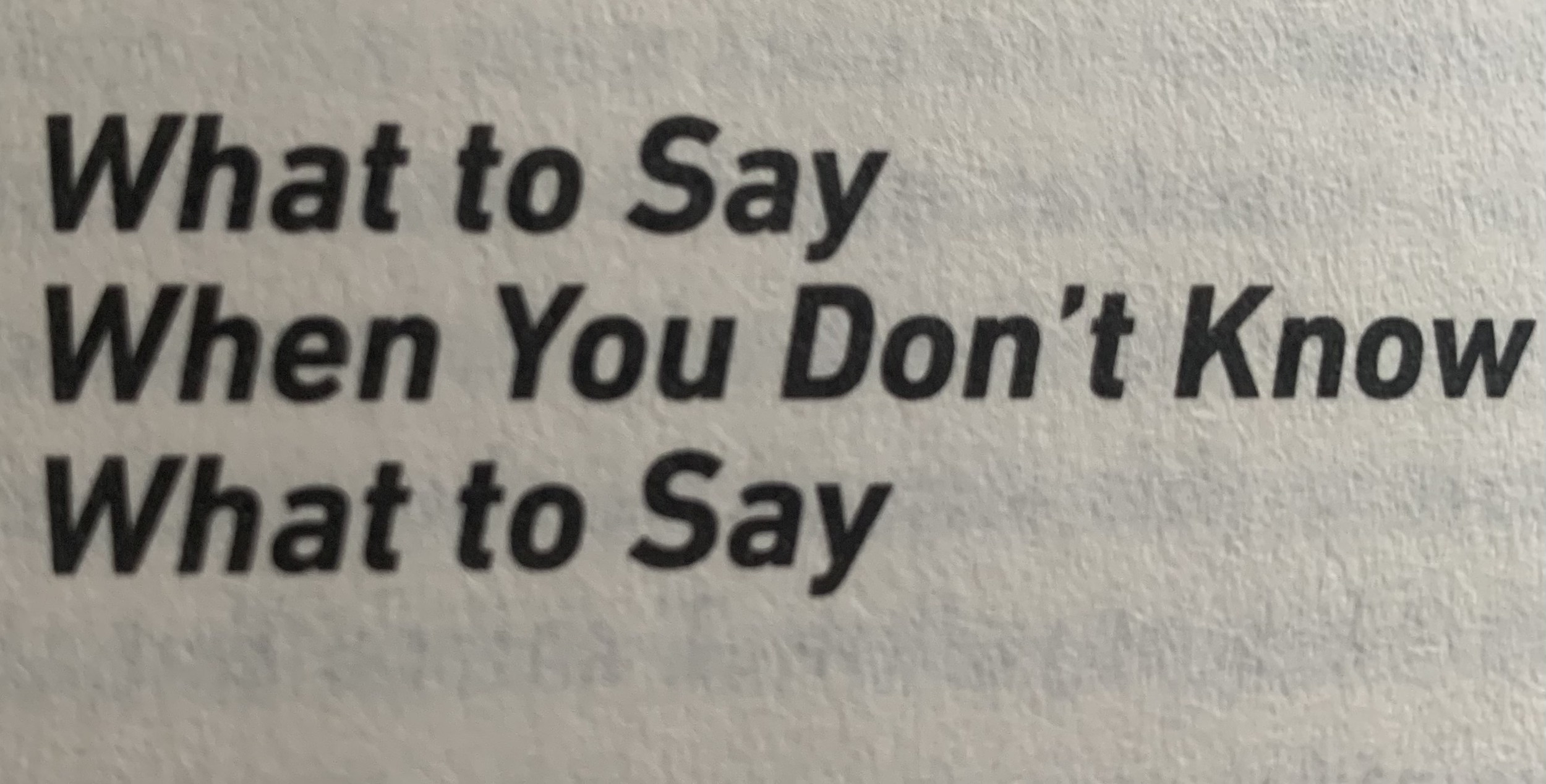How Do You Know if You’re Facing Bias, Prejudice, or Bullying?
When I’m not sure whether it’s bias, prejudice, or bullying I’m confronting, I usually start by responding as though it’s bias. One advantage of this is that an “I” statement is least likely to elicit a defensive response. I can always escalate from an “I” statement to an “It” or “You” statement if the person’s initial response indicates that I’m dealing with prejudice or bullying. Also, bias doesn’t make me nearly as angry as prejudice and bullying do, so I waste less emotion with that default.
My freedom to default to bias may be an example of privilege. As a white straight person with fancy university degrees, I experience a lot less prejudice and bullying than many people do. I do not want to put anyone in harm’s way by giving advice that is not relevant to the situation they are in, or by suggesting that what works for me will work for them.
Some advice I offer to almost everyone is this: trust your instincts. If it feels like something is off, something probably IS off. And if you respond to a remark as if it’s evidence of prejudice or bullying when it was in fact bias, that’s OK. It’s still useful feedback for the other person. Now they know that what they said sounded like bias, prejudice or bullying, even if it wasn’t. Now that they know that, they are in a better position to understand the harm and correct themselves in the future.
Remember, it’s not your job to dance around other people’s defensiveness or denial.

